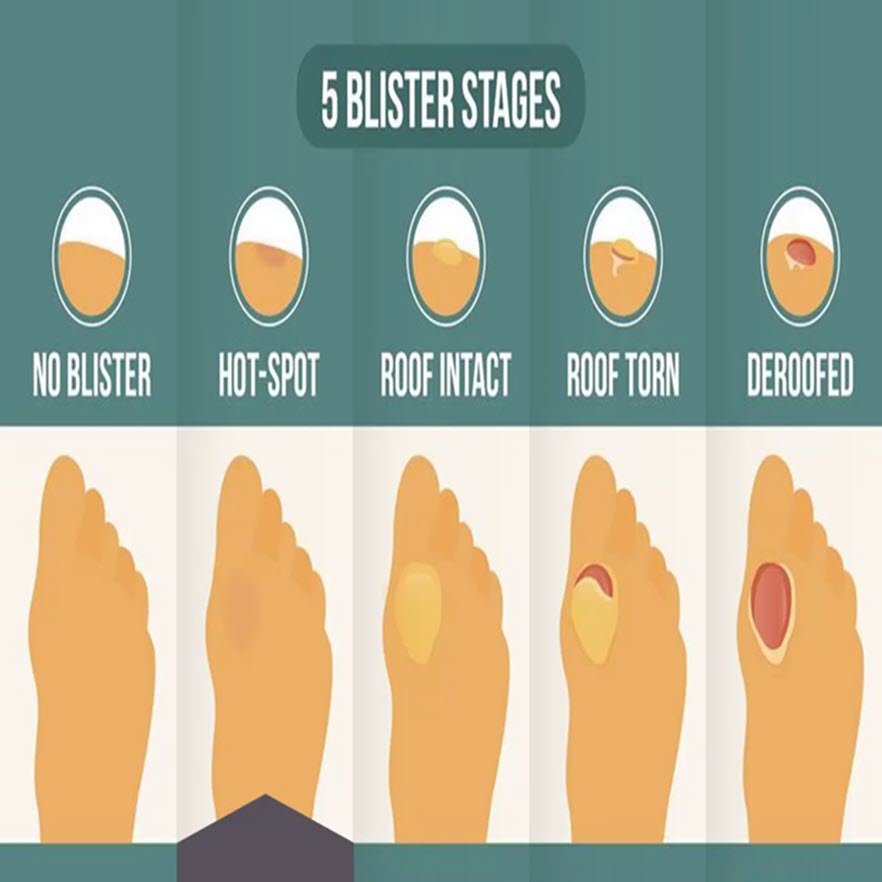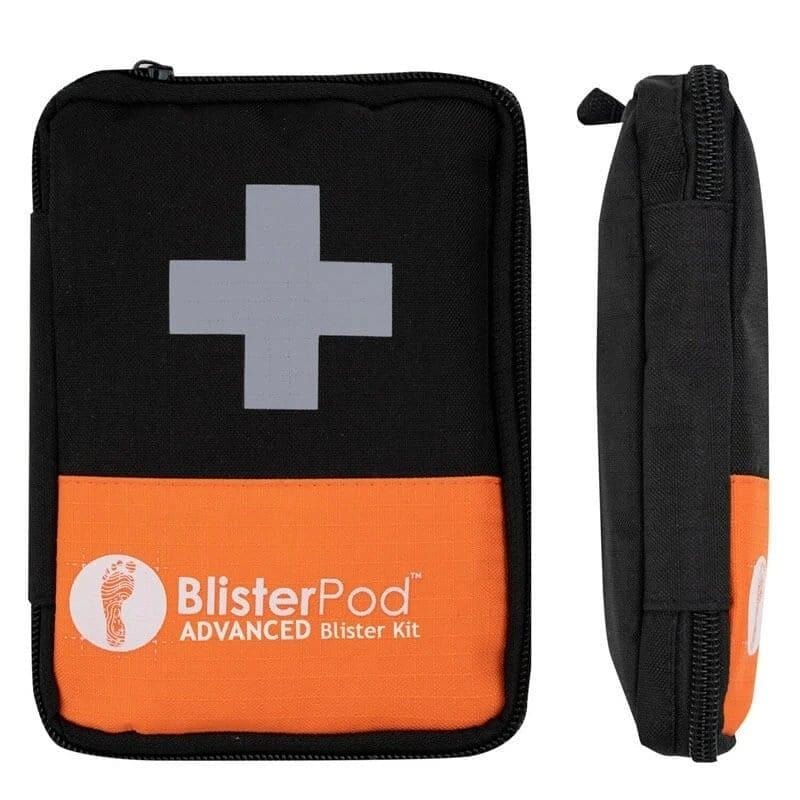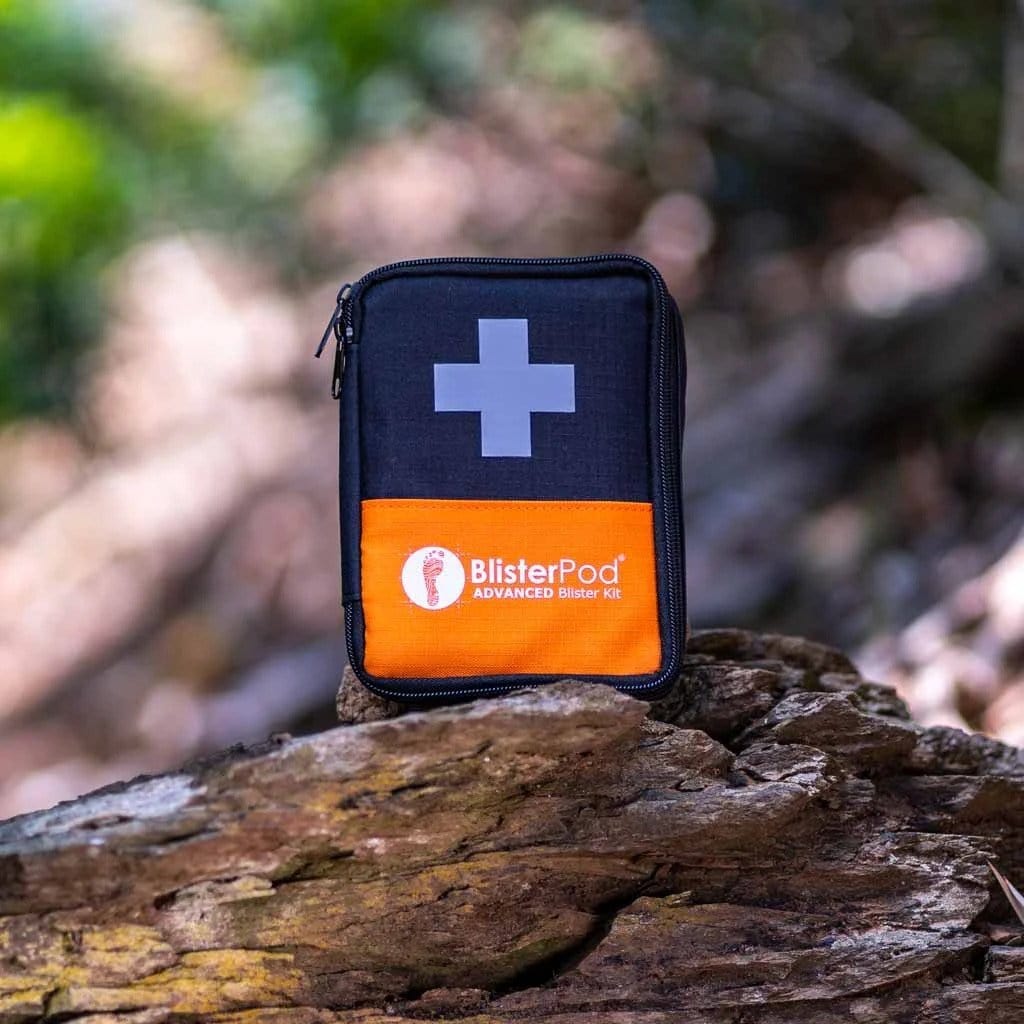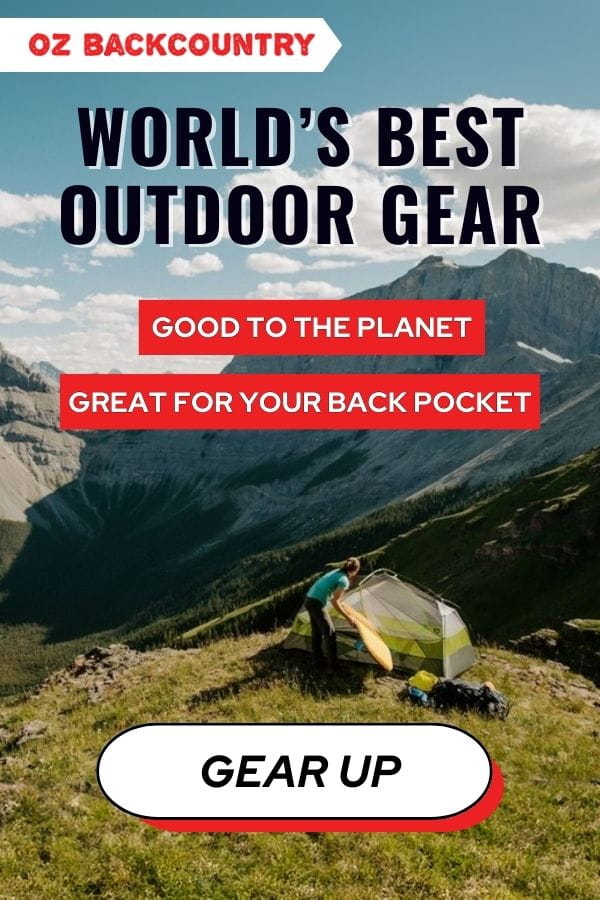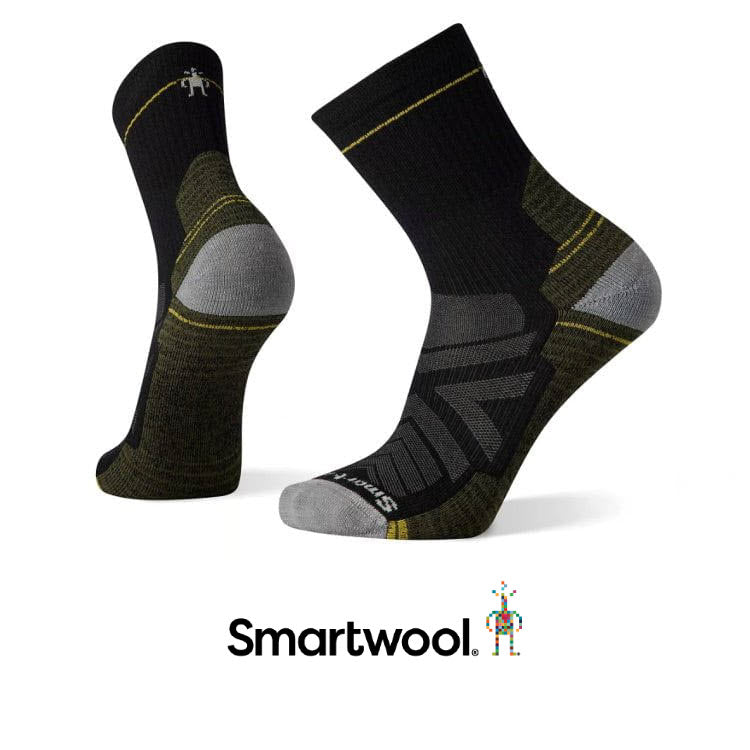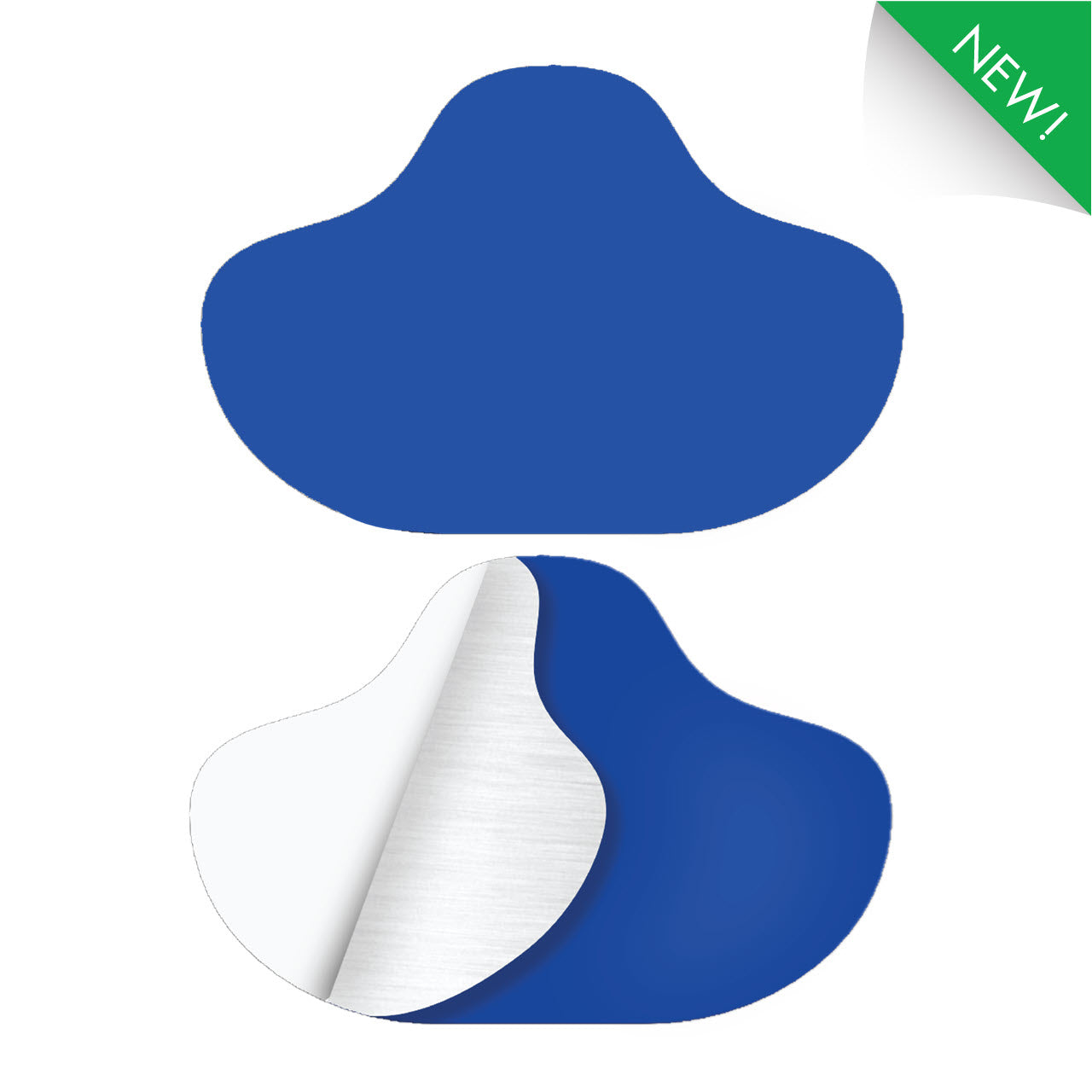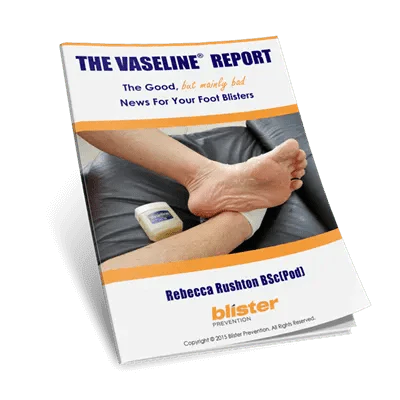Preventing blisters is all about having a plan and putting it into action at the first sign of trouble. That first sign of trouble is called a hot-spot. It's a pre-blister state and your one last chance of preventing a blister from forming.
What do you mean "pre-blister"?
Pre-blister simply means a warning that a blister is on the way, unless you do something about it, right now! It's the sensation you get when your skin is stretching too much with each step you take and it’s starting to fatigue. It's a feeling of localised warmth. If you took your shoes off, it would probably look a bit red, too.
It's subtle:
You might even miss it. It's a little warm and tender at most. It's not painful. If you feel a sting, you’re too late.
And it's brief:
How long does it last? Well might not last 5 minutes. It might not even last 1 minute. It certainly doesn't last more than 30 minutes or hours. If you've got a proplonged hot-spot sensation, it's nothing to do with blister - it's something else.
If you feel a sting, you're too late
As I said, if you feel a sting, you’re too late. That’s the tear under the skin surface that kick-starts blister formation. Within two hours of that stinging sensation, you’ll have a blister. So think of your pre-blister hot-spot stage is a brief window of opportunity for blister prevention. Take it. Don't ignore it. Be thankful you've received it.
Hot-Spots and the scientific literature
Joseph Knapik and his colleagues have studied and written a lot about foot blisters. This quote comes from their 1995 paper.
"Studies using (rubbing) techniques have demonstrated a predictable series of events that lead to blister formation. First there is a slight exfoliation of the stratum corneum and a reddened region (erythroderma) forms in and around the zone of the rubbing. The area encompassed by the erytheroderma is referred to as a 'hot-spot', presumably because the study participant experiences an increased sensation of heat. With continued rubbing of the area, the participant may suddenly experience a stinging or burning sensation with a pale, narrow area forming around the reddened region. This pale area enlarges inward to occupy the entire zone where the rubbing is applied. The area becomes elevated over the underlying skin as it fills with fluid."
What can you do to stop a hot-spot in its tracks?
There are two things you need to do to stop a hot-spot from becoming a blister:
Step 1: STOP
You won't want to stop, I get that. But you need to, unless you want this blister to happen. It's as simple as that.
Step 2: DO SOMETHING
Now you've stopped, you've got to do something to stop the blister-causing forces. Ideally, you'll have a plan for this blister location. Are you going to reapply your blister lube or attach an ENGO blister patch or tape it or apply a donut pad or a gel toe sleeve or make a toe-prop? Get in, get it done and get on your way again, in 100% comfort. And with your mind at ease. This is obviously the best way to manage things.
If you haven't got anything worked out yet, ideally you'll have a good little blister kit with you so you can figure this out on the fly. Take a look at your hot-spot, sort something out, shoes and socks on and off you go. Hopefully that's the last you feel of it.
If you've got no supplies at all, well, your hands are tied. But at least take your shoe and sock off and have a look. Wipe away any grit, give your shoes a shake to remove any debris. Turn your sock inside out and give them a shake. Then put them back on, ensuring there are no creases. While you're getting your shoes and socks back on, make a strong mental note to yourself that you'll get a good blister kit together, and formulate a plan for every blister you've ever had (these are the ones you're most likely to get again).
Here's an example of diligent hot-spot treatment:
"When I've been able to work intimately with a group of trekkers or runners (ie: having opportunities for one-on-one time and supervising hotspot detection, blister prevention and treatment) I notice a very high success rate of blister avoidance with hot-spot taping with Fixomull. Up to four or five layers sometimes. I've had trekkers on Kilimanjaro, trekkers in the bush and the Simpson and other places and pretty much zero blisters due primarily to immediate hotspot taping." Lucas Trihey
The plan for any pre-blister hot-spot: Stop, and then do something!
Do something and you might just remain blister-free. Do nothing and you will get a blister. Get a blister and you'll be mucking around with antiseptics, dressings, donut pads, changing all these things a few times a day and monitoring for infection. Oh, and you'll be treating this blister for about a week until it heals.
If only you'd stopped at the pre-blister stage and treated your hot-spot!
